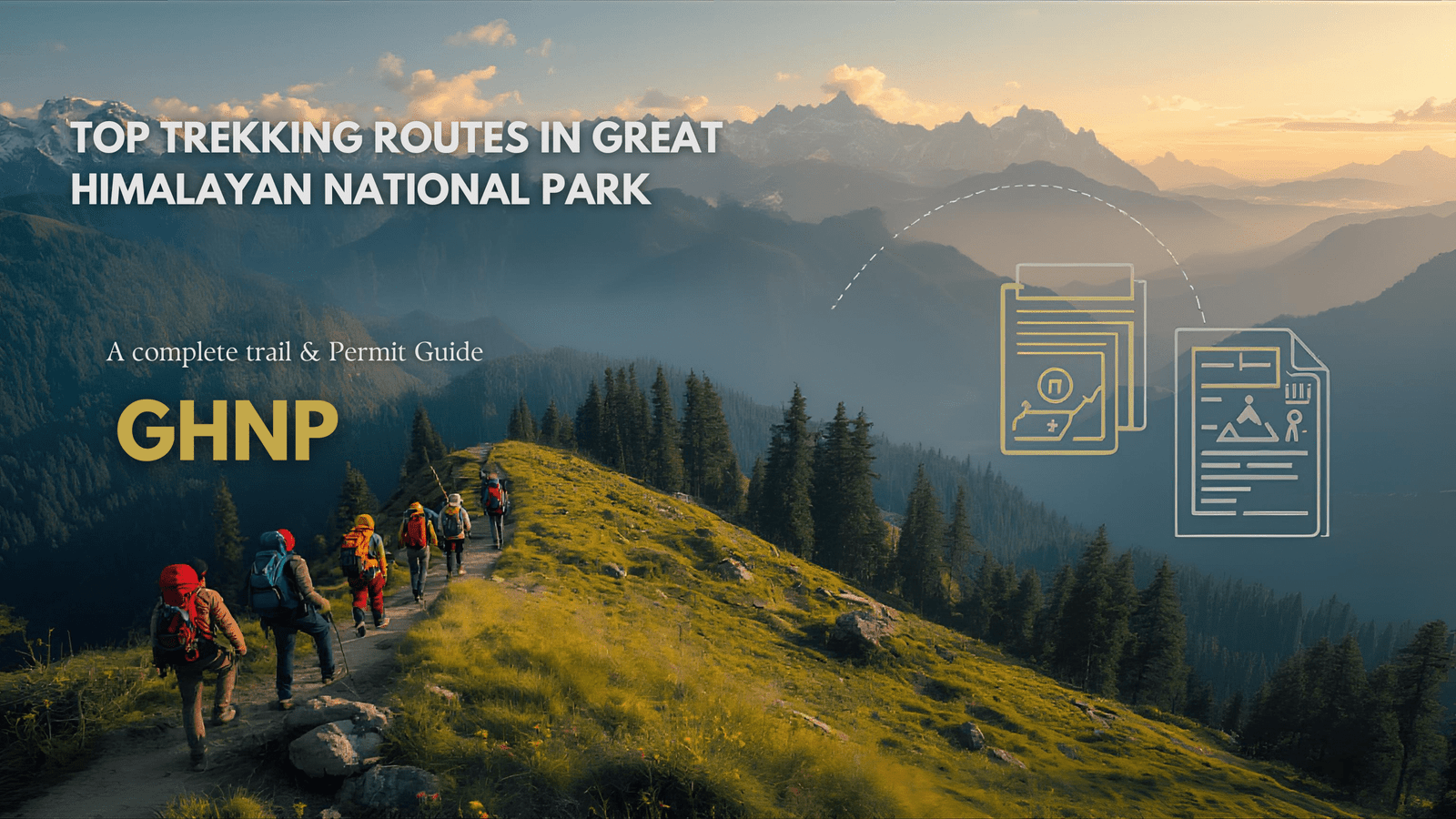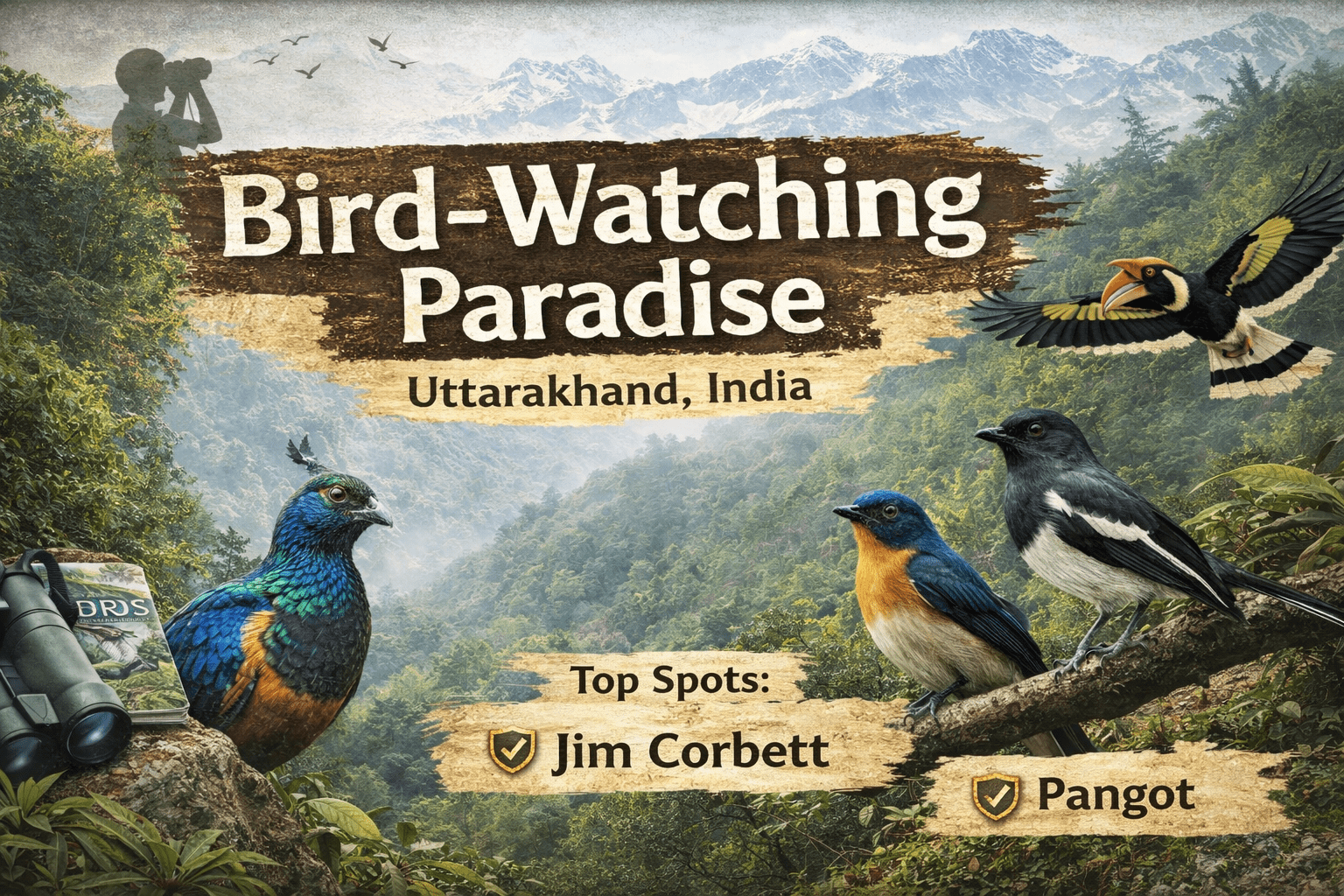India’s wilderness beckons with unmatched diversity, from the majestic Royal Bengal Tiger prowling through dense forests to the elusive snow leopard navigating mountain terrain. Planning your wildlife safaris requires perfect timing, as each season reveals different behaviors and sightings across the country’s remarkable national parks and reserves.
Understanding when to visit specific destinations can transform a good safari into an extraordinary encounter with nature. Weather patterns, animal migration cycles, and breeding seasons all influence your chances of witnessing incredible wildlife moments. Some parks close during monsoon months, while others offer their best sightings during cooler winter periods.
This comprehensive calendar guide will help you plan the perfect wildlife safari experience throughout 2025, ensuring you visit each destination when conditions are optimal for both wildlife viewing and comfort.
January: Prime Tiger Spotting Season
January marks one of the best months for wildlife safaris in India. The cool, dry weather creates ideal conditions for both animals and visitors.
Ranthambore National Park, Rajasthan
The famous tigers of Ranthambore are most active during January’s pleasant temperatures. Morning safaris offer excellent visibility as animals venture out to drink from water sources. Besides tigers, spot leopards, sloth bears, and over 300 bird species.
Bandhavgarh National Park, Madhya Pradesh
Home to the world’s highest density of Royal Bengal tigers, Bandhavgarh delivers exceptional sightings in January. The park’s rich biodiversity includes Indian bison, wild boars, and various deer species.
Gir National Park, Gujarat
January provides perfect weather for observing Asiatic lions in their natural habitat. The cooler temperatures encourage these magnificent cats to be more active throughout the day.
February-March: Peak Wildlife Season
These months represent the golden period for wildlife safaris in India, with animals frequently visiting water sources and vegetation at its sparsest, improving visibility.
Jim Corbett National Park, Uttarakhand
As India’s oldest national park, Corbett offers incredible tiger sightings during February and March. The Ramganga River attracts diverse wildlife, including elephants, leopards, and hundreds of bird species.
Kanha National Park, Madhya Pradesh
March is exceptional for spotting the park’s famous Barasingha deer, saved from extinction through dedicated conservation efforts. Tigers are also highly active during this period.
Pench National Park, Madhya Pradesh
The inspiration for Rudyard Kipling’s “The Jungle Book,” Pench comes alive in February and March. The Pench River creates a natural corridor where animals congregate, offering spectacular viewing opportunities.
April-May: Hot Season Adventures
While temperatures rise significantly, these months offer unique wildlife experiences as animals concentrate around remaining water sources.
Sundarbans Wildlife Sanctuary, West Bengal
April and May provide excellent conditions for exploring the world’s largest mangrove forest. Tiger sightings from boats become more likely as big cats seek relief near waterways.
Kaziranga National Park, Assam
The dry season concentrates wildlife around water bodies, making April ideal for spotting one-horned rhinoceros, wild buffalo, and tigers in this UNESCO World Heritage Site.
June-September: Monsoon Considerations
Most national parks close during monsoon season, but some regions offer unique experiences for adventurous travelers.
Western Ghats Reserves
Select reserves in the Western Ghats remain accessible, showcasing lush green landscapes and active birdlife during the monsoon months.
October-November: Post-Monsoon Revival
Parks reopen with refreshed landscapes and active wildlife preparing for the coming dry season.
Corbett National Park
October marks the park’s reopening after monsoon closure. Fresh vegetation and active animal behavior make this an excellent time for photography.
Ranthambore National Park
November offers comfortable temperatures and excellent tiger sightings as animals establish territories after the monsoon period.
December: Winter Wildlife Spectacles
December provides perfect weather conditions and exceptional wildlife viewing opportunities across most Indian national parks.
Bandhavgarh National Park
Cool December temperatures encourage daytime activity among tigers and other wildlife. Morning and afternoon safaris both offer excellent possibilities.
Gir National Park
December’s pleasant weather makes it ideal for observing Asiatic lions, with comfortable temperatures encouraging extended outdoor activities.
Regional Specialties Throughout the Year
Snow Leopard Expeditions (October-March)
Spiti Valley and Ladakh offer rare opportunities to spot the elusive snow leopard during winter months when these cats descend to lower altitudes.
Bird Watching Seasons
Migratory birds arrive in various regions from October through March, making winter months exceptional for birdwatching alongside traditional wildlife viewing.
Elephant Spotting
Parks like Corbett and Kaziranga offer year-round elephant sightings, but cooler months provide more comfortable viewing conditions.
Planning Your Wildlife Safari Adventure
Best Photography Conditions
Early morning safaris typically offer the best lighting and animal activity. December through March provides optimal conditions for wildlife photography.
Booking Considerations
Popular parks require advance booking, especially during peak season (December-March). Reserve accommodations and safari slots well in advance for 2025.
What to Pack
Neutral-colored clothing, binoculars, cameras with telephoto lenses, and weather-appropriate gear enhance your safari experience regardless of season.
Maximize Your Wildlife Encounters in 2025
Planning wildlife safaris in India requires balancing optimal viewing seasons with personal schedules and weather preferences. Peak season (December-March) offers the highest success rates for tiger sightings and comfortable conditions, while shoulder seasons can provide unique experiences with fewer crowds.
Consider combining multiple parks during single trips to maximize diverse wildlife encounters. Northern circuits can include Corbett, Ranthambore, and Bandhavgarh, while southern routes might feature Western Ghats reserves and specialized birdwatching locations.
Start planning your 2025 wildlife adventure now, as the best accommodations and safari slots fill quickly for peak season dates. Each park offers distinct experiences, from Corbett’s riverside elephants to Gir’s majestic lions, ensuring every wildlife safari in India creates lasting memories of these incredible natural treasures.






